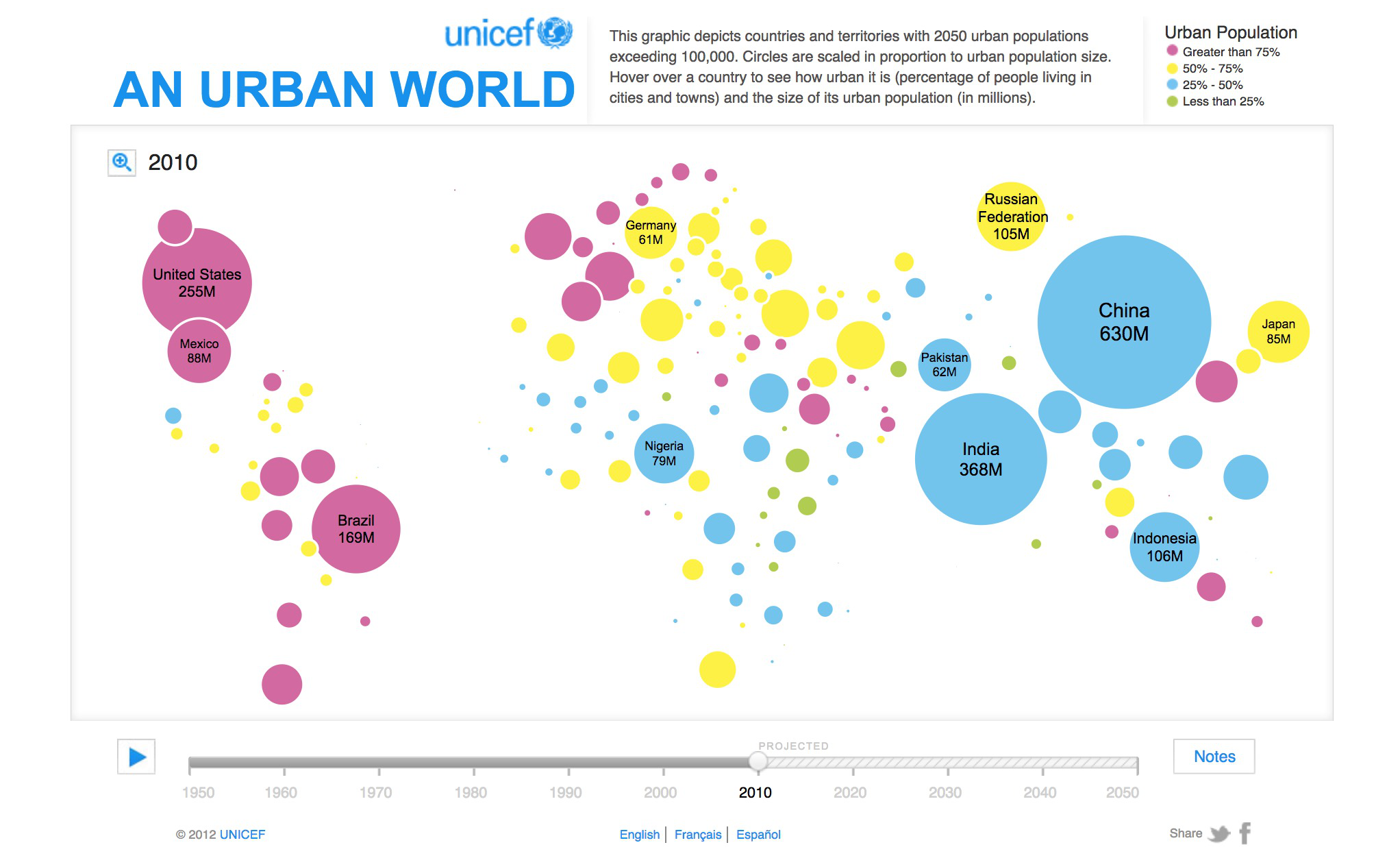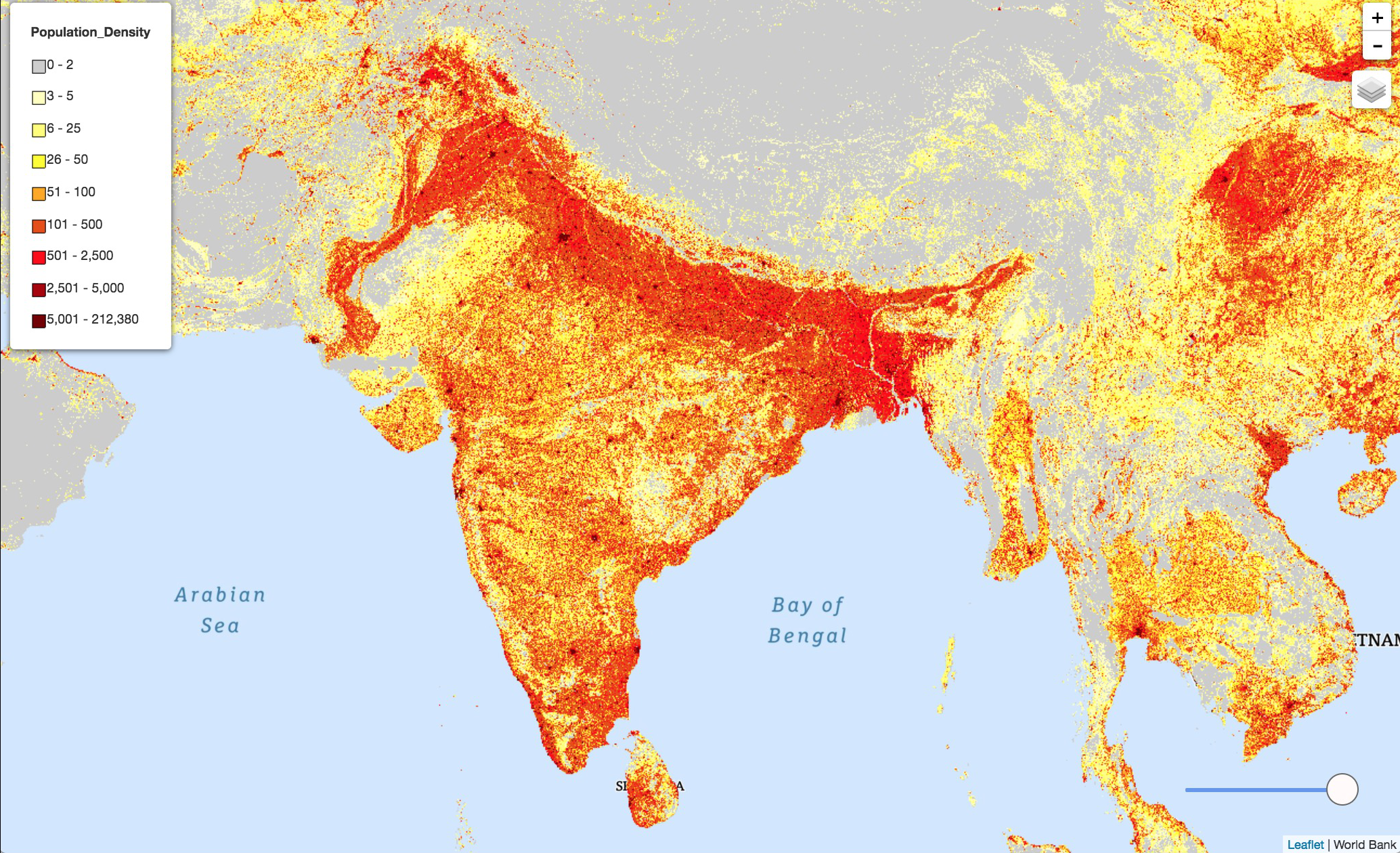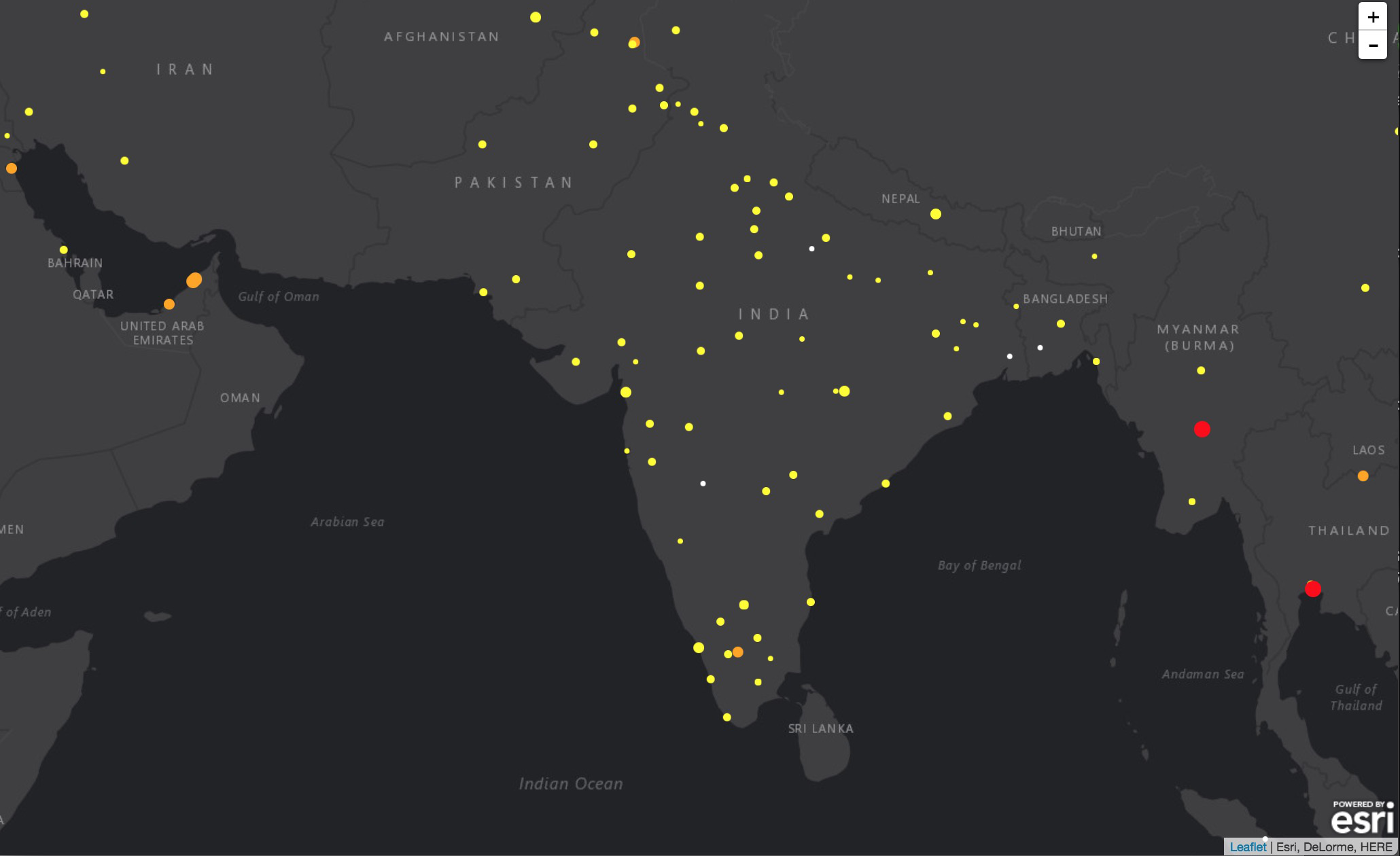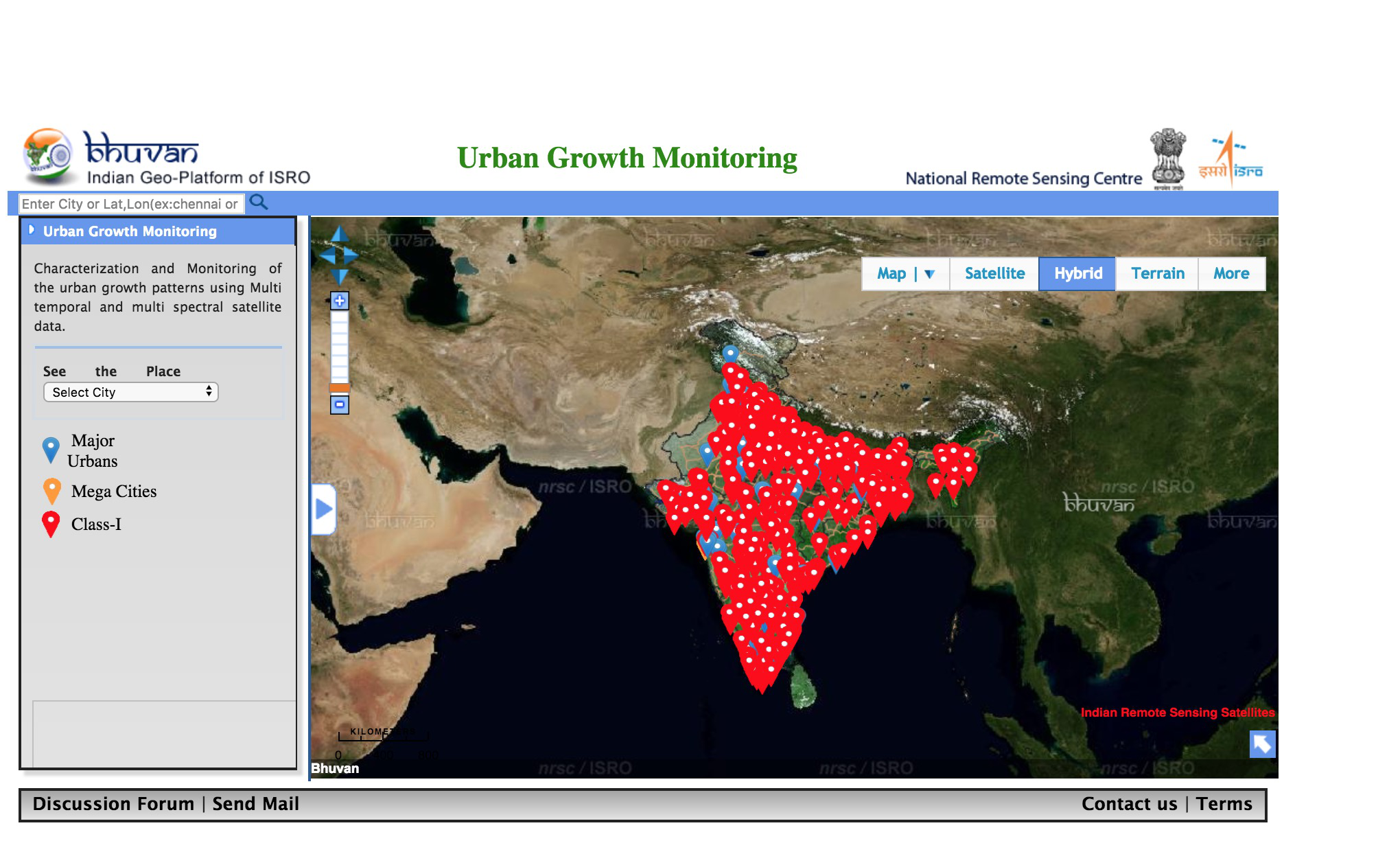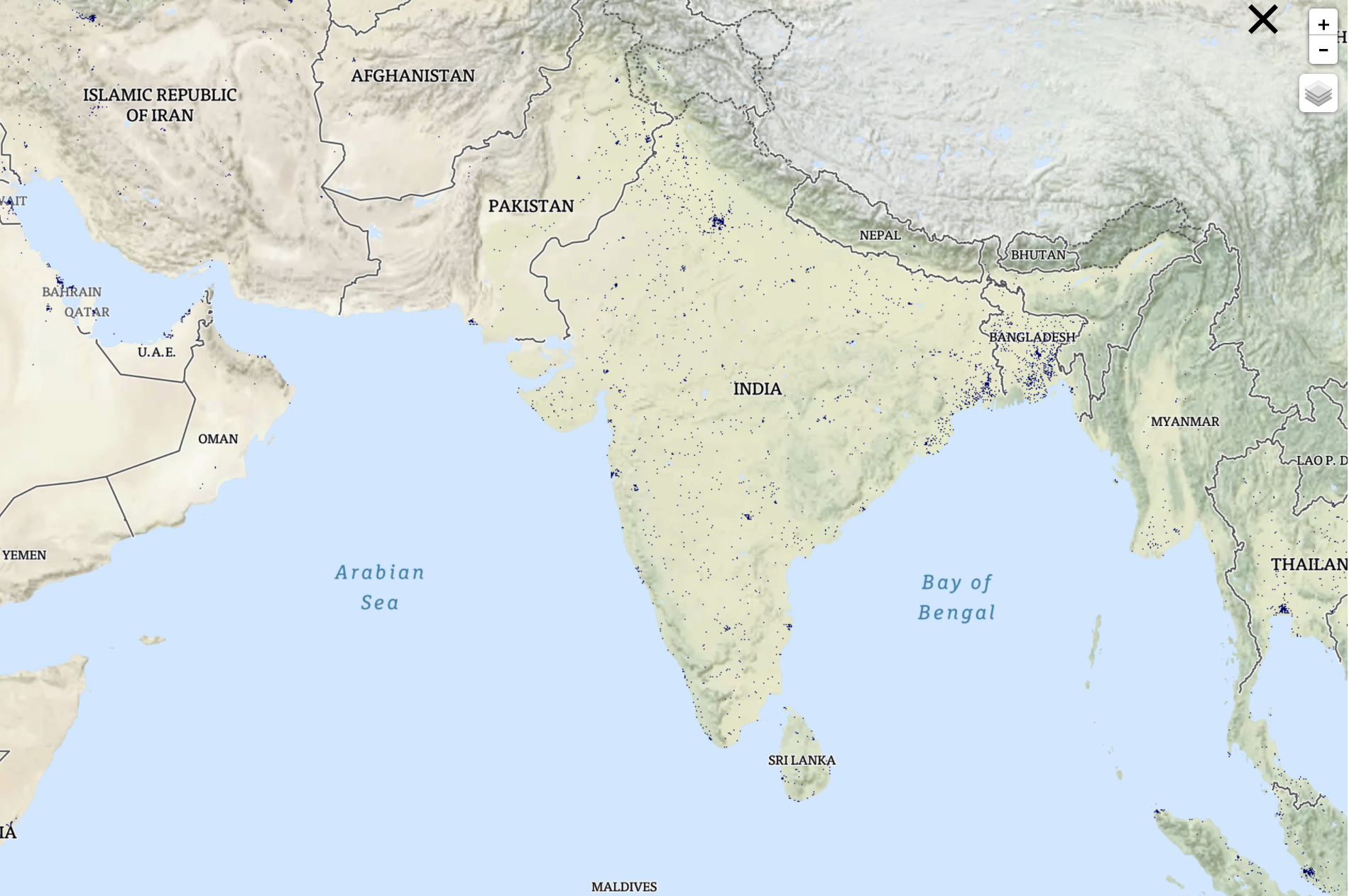Cities in a Development Context
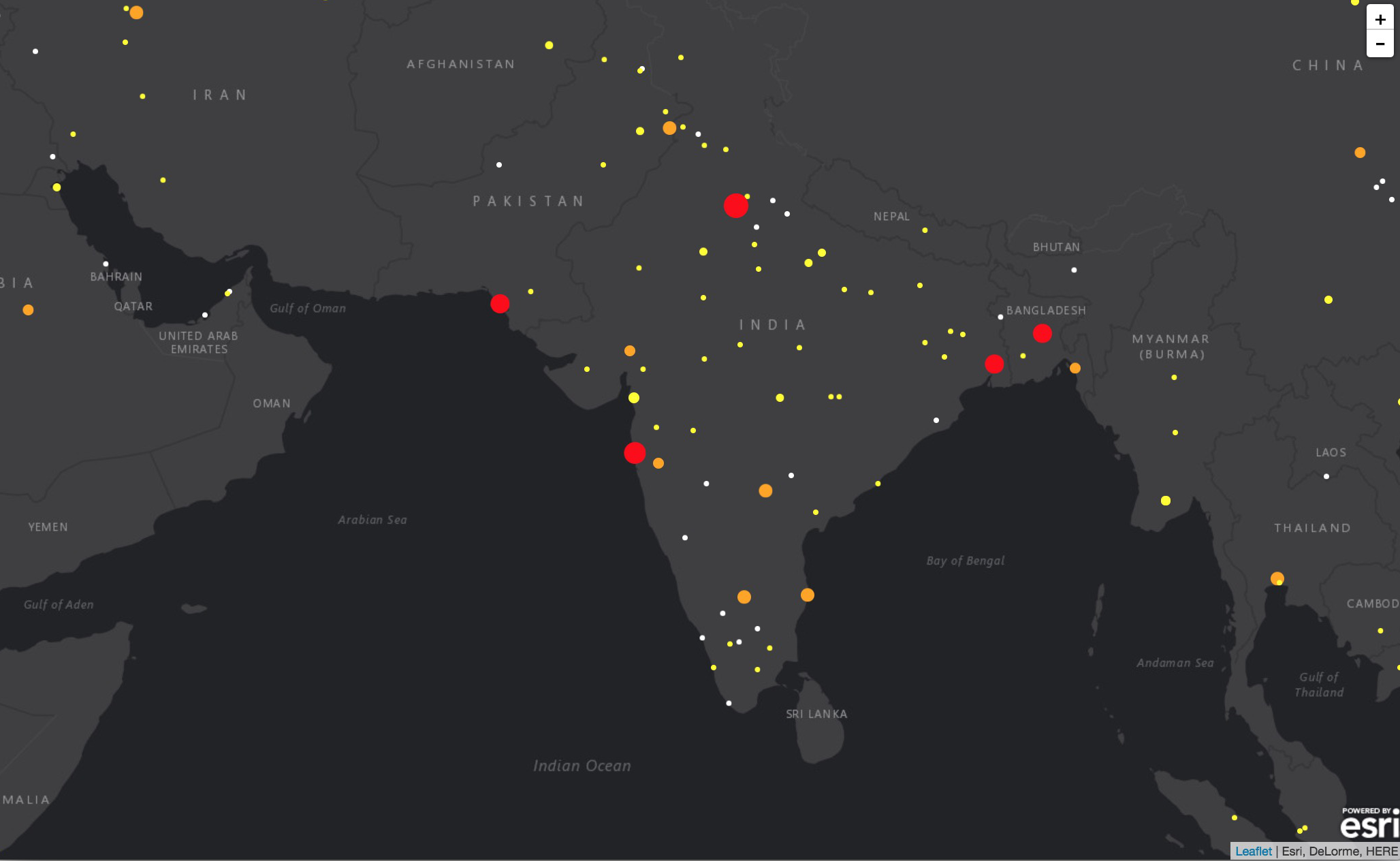
Although the definition of the geographical limits of a city are a matter of debate – e.g. to use an administrative boundary or the concept of “Urban Agglomeration”, or the “metropolitan area” according to socio-economic interconnectedness (see The World Cities in 2016 from the UN). Many urban agglomerations are growing rapidly (see below) – for example, the biggest urban agglomeration in the world has been identified as the Pearl River Delta with a population of 66 million!
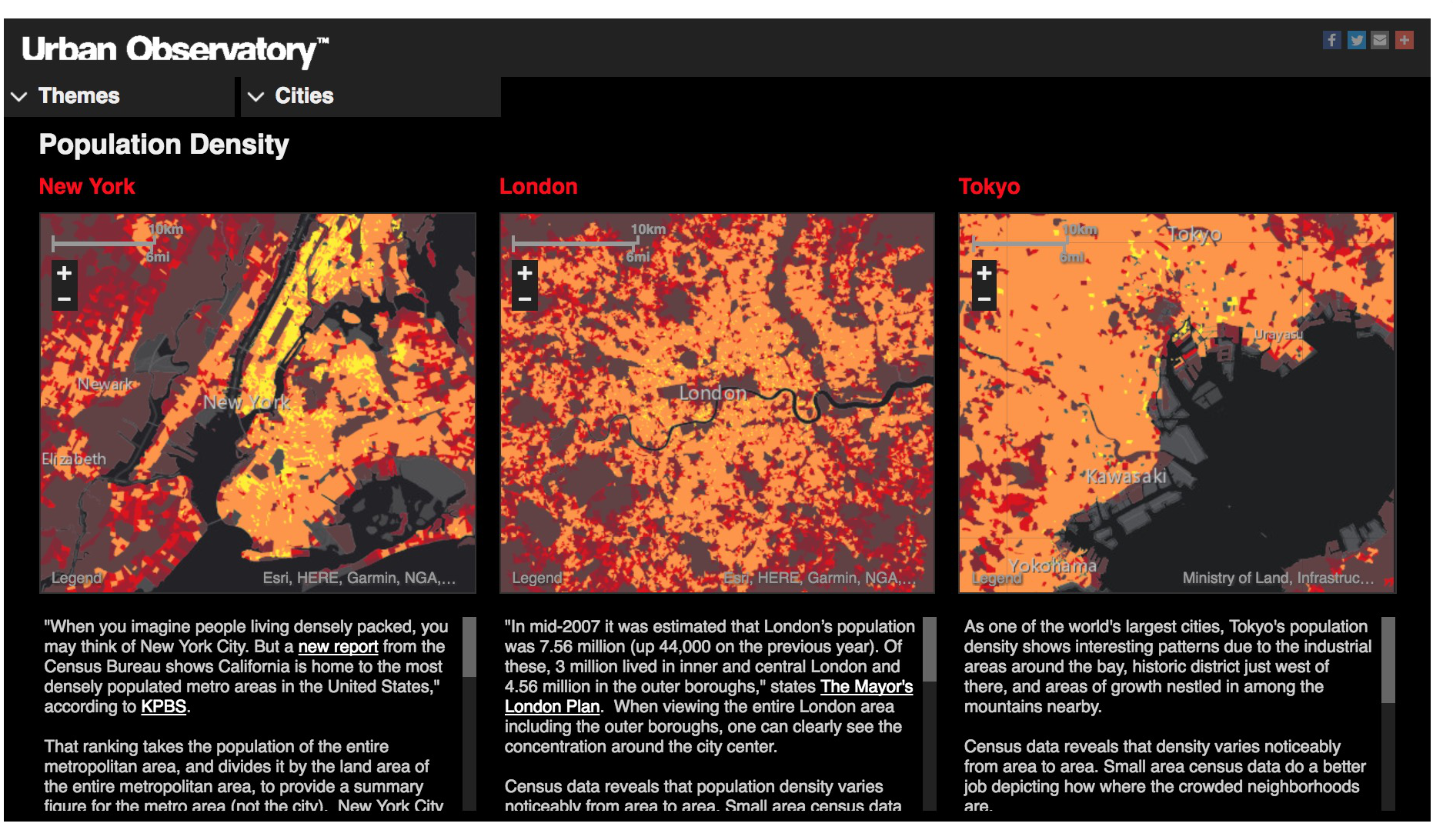
Cities are also very different from each other from a thematic perspective. Another way to visualize how cities are very different from each other can be seen from this interactive side-by-side thematic comparison of megacities from the Global Urban Observatory – go ahead and try to compare Delhi, Mumbai, and New York from various perspectives:
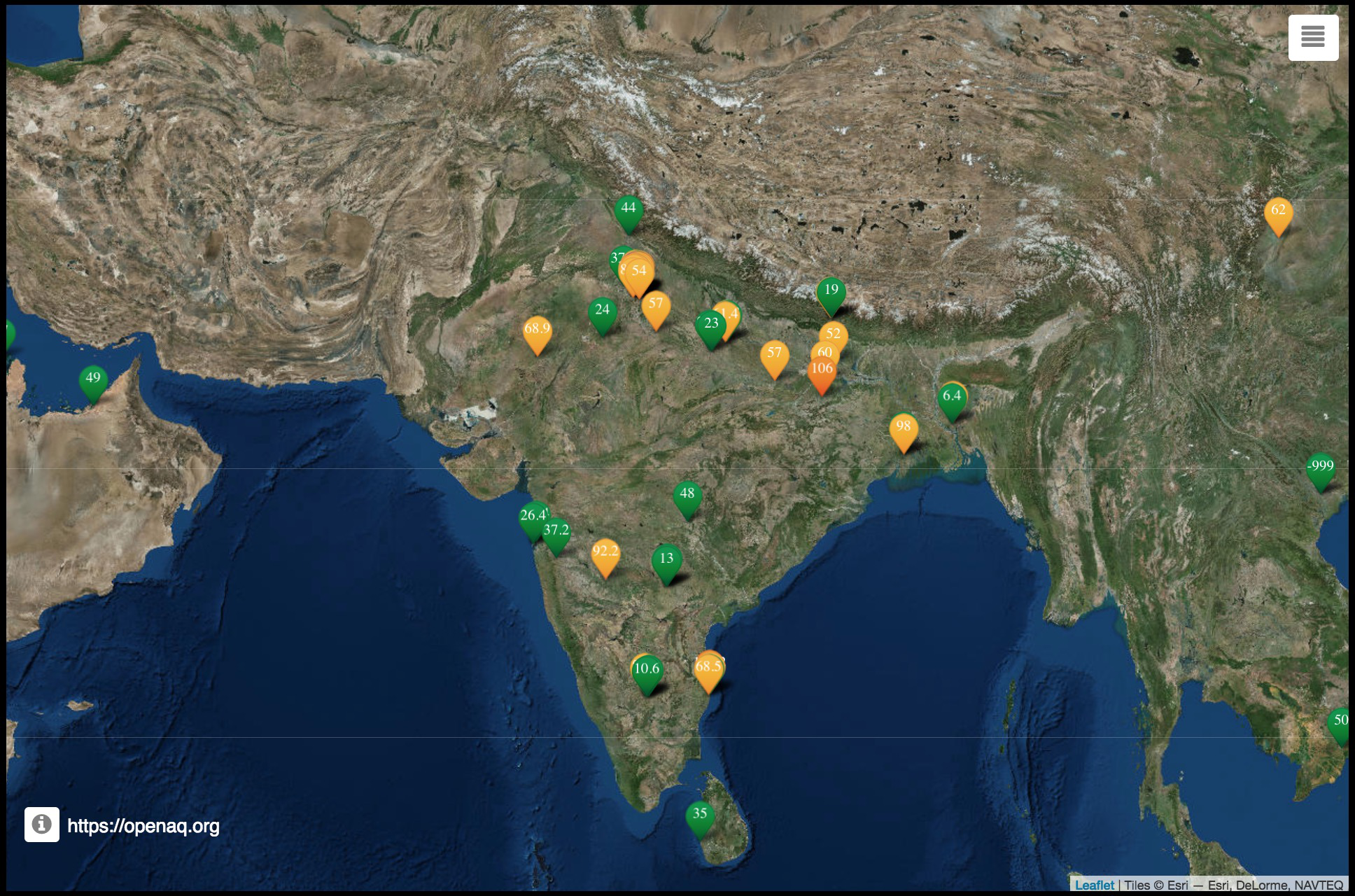
Cities are also very different from each other from a thematic perspective. Another way to visualize how cities are very different from each other can be seen from this interactive side-by-side thematic comparison of megacities from the Global Urban Observatory – go ahead and try to compare Delhi, Mumbai, and New York from various perspectives:
